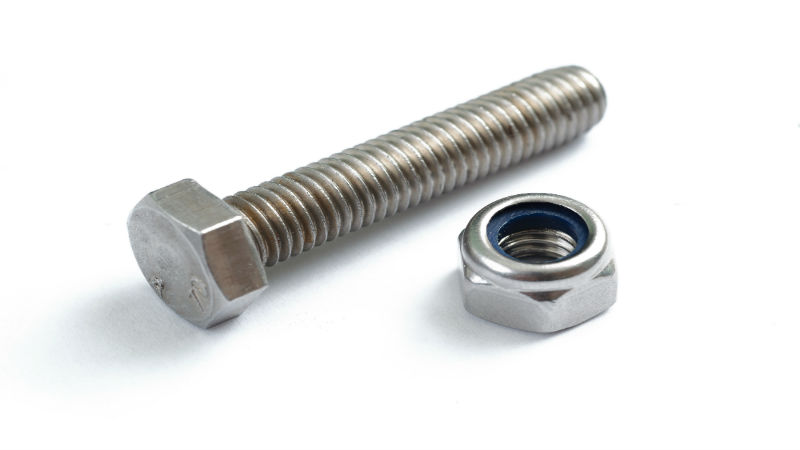Check, or one-way valves perform important tasks in hydraulic and pneumatic systems. They keep flow going in one direction and prevent backflow. However, not all valves have the same kind of operation. For example, you might need a low cracking pressure check valve in some cases. Here is important information about cracking pressure to give you a better understanding on the subject.
What is Cracking Pressure?
Also called opening pressure, it indicates pressure at which a valve begins to open. It is important to note, opening pressure is dependent upon upstream flow pressure and the pressure difference between the inlet and outlet portion of the valve. Once the opening pressure occurs, the check valve starts to open. If the pressure drops below the opening pressure, the valve begins to close and terminate the flow of gas or liquid.
Rating Check Valves
Once you know about opening pressure for one-way valves, you can appreciate the opening pressure ratings. For example, suppose you want a low cracking pressure check valve for an application. If you use a valve with a higher rating than you require, it may not open when you want it to. On the other hand, if you use the same low pressure valve on a high pressure system, it may stay open all the time, and it would be like having no one-way valve at all.
The Importance of Ambient Temperature
Suppose you need a one-way valve for a specific application. For example, you have a subsea operation where the water temperatures are very cold. At the same time, you are using a high pressure hydraulic system to drive equipment. Just installing a high or low cracking pressure check valve may not be enough. For best results, talk to your check valve supplier, to make sure your valves are designed for specific environments.



